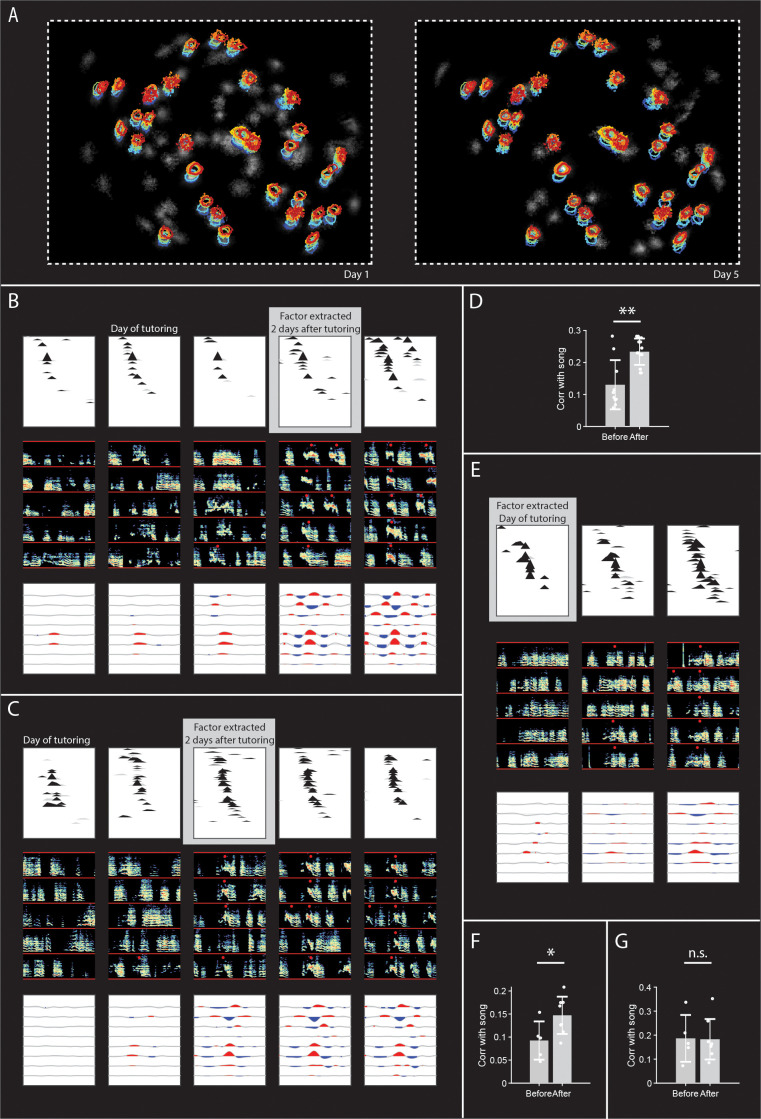Figure 3. Tracking HVC sequences as isolated birds rapidly learn a new syllable.
(A) Neurons detected before (left) and after (right) tutoring shown in grayscale (CNMF_E algorithm). Colored contours indicate locations of neurons tracked across five days, from blue to red (B) Sequence in HVC, tracked before and after first tutor exposure, through the development of a new syllable. Each of the five panels shows data from a different day, starting one day before tutoring, through three days after tutoring. (Top) On each recording day, cross-correlation of neurons with the sequence that becomes associated with the new syllable. The sequence was extracted by running seqNMF on neural data recorded two days after tutoring, and selecting the factor associated with the new syllable. Neurons are sorted according to participation in this factor. Significant bins are shown in black, non-significant bins in gray (p=0.05, Bonferroni corrected, compared to circularly-shifted control) (Middle). On each recording day, for example, spectrograms at times when the sequence occurs on each day. Red circles indicate putative newly learned syllables. (Bottom) On each recording day, cross-correlation of sequence with acoustic features (amplitude, entropy, pitch goodness, aperiodicity, mean frequency, pitch, frequency modulation, and amplitude modulation) (C) Same as B for a different example bird. (D) Correlation with song amplitude before (pink) and after (gray) tutoring for all sequences in learner birds extracted data when a new syllable had been learned. (E) Similar to B and C, for a different example bird. Here, sequences are extracted from pre-tutoring data, then tracked forward in time. (F) Song locking (maximum cross-correlation with song amplitude) before and after tutoring for the pre-tutoring sequences that had weaker song locking. (G) Song locking before and after tutoring for the pre-tutoring sequences that started off with stronger song locking.

